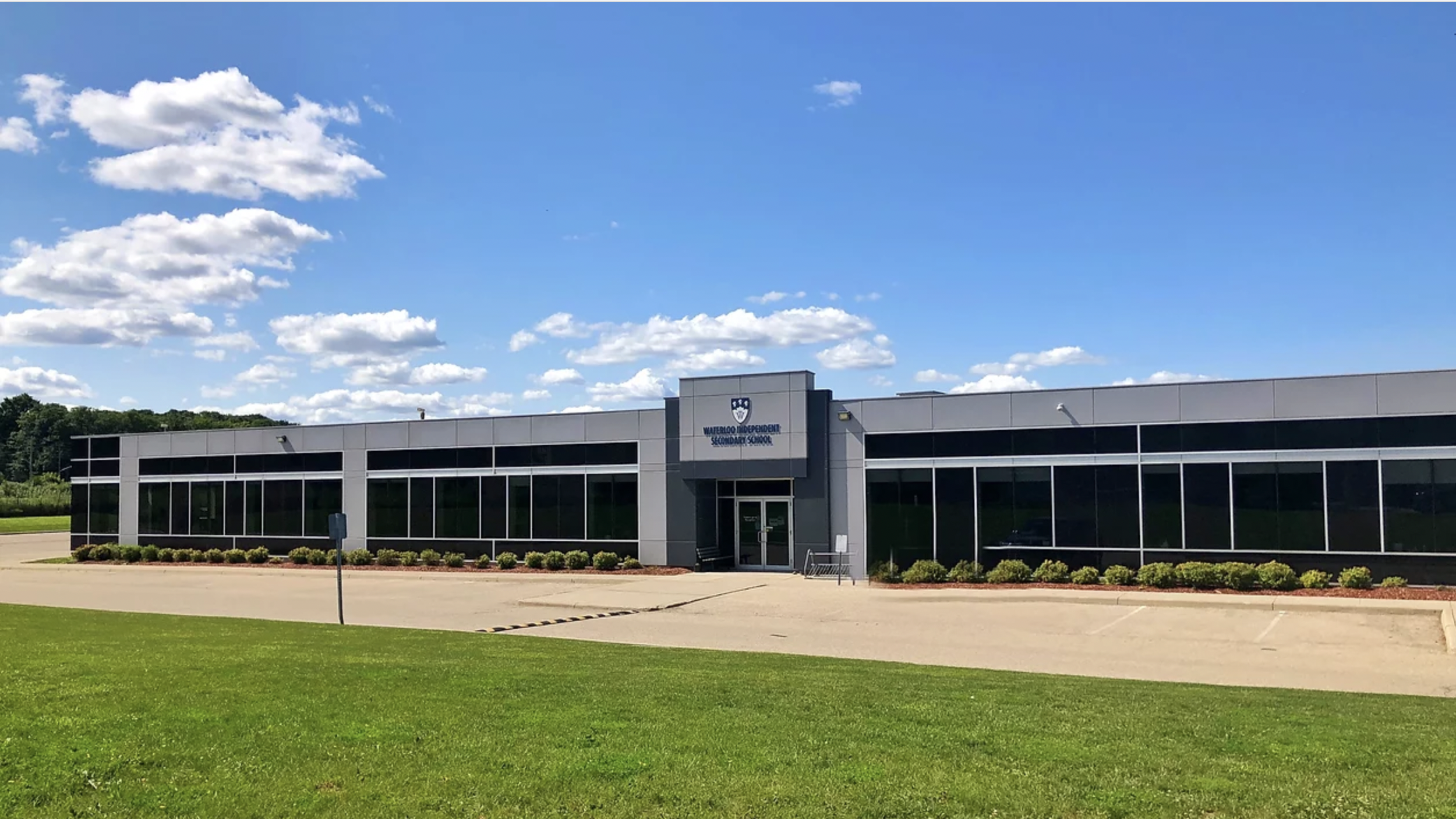
Grade 12 Spatial Technologies Course For Admission To Canadian Universities
CGO4M SPATIAL TECHNOLOGIES
IN ACTION – GRADE 12 ONLINE COURSE
PREREQUISITE: Any university, university/college, or college preparation course
in Canadian and world studies, English, or social sciences and humanities
GRADE: 12 (University/College)
AVAILABILITY: WISS Online
At Waterloo Independent Secondary School (WISS), we offer a variety of online grade 12 courses for students to help prepare for university. Our Spatial Technologies in Action course helps establish a foundation for students who are preparing to study computer-based spatial technologies. Continue reading below to learn more about this course, or contact us now to learn more about applying to WISS.
From WISS CGO4M SPATIAL TECHNOLOGIES IN ACTION – GRADE 12:
CGO4M online provides a foundation for students who are considering a career involving computer-based spatial technologies. Students will analyze and propose solutions to real-life issues related to spatial organization, such as determining transportation routes, appropriate locations for community services, or potential conservation and preservation areas. Students will extend their ability to use geographic information systems (GIS), global positioning systems (GPS), remote sensing and to create maps, charts, and graphs. Throughout CGO4M online, students will apply the concepts of geographic thinking and the geographic inquiry process to investigate various issues related to spatial organization.
UNIT ONE
Introduction to Spatial Technologies
Essential Question: How are Spatial Technologies utilized to apply to such a vast range of industries and challenges?
In this unit, students will be provided with an overview of Spatial Technology and introduced to Geographic Information Systems (GIS) including its history and applications. There are a variety of learning materials including module lessons, visual, video, and hands-on exercises to get acquainted with Spatial Technologies.
UNIT TWO
Map Projections
Essential Question: What are the processes and considerations for using an applicable map projection that minimizes distortion?
In this unit, students will explore Map Projections as a critical element in displaying and integrating information in Spatial Technologies and GIS.
UNIT THREE
Data Modeling
Essential Question: What are the methods and considerations utilized to integrate spatial and attribute data?
In this unit, students will gain an understanding of the difference and appropriate use of Vector versus Raster data. Students will learn how to differentiate between spatial and non-spatial data and will explore the practices of linking and maintaining relationships between a spatial feature and its attribute data. Students will also learn how to apply the approach of layering as it relates to integrating multiple data sets together into one setting.
UNIT FOUR
Capturing and Collection Data
Essential Question: What are the various methods in which data can be collected and integrated into an applicable format?
In this unit, students will explore Data Modelling. Integrating data is critical to any Spatial Technologies and their powerful capabilities. In addition, identifying the way data is expressed and integrated into various Vector, Raster, Spatial, and non-Spatial forms. The varied learning material is continued with both reading, visual, and hands-on activities to help students understand and apply the concepts.
UNIT FIVE
Cartography
Essential Question: How can the appropriate map elements be applied to effectively communicate information via maps?
In this unit, students will cover Cartography, which is the process of creating maps. A process which is both an art and science, and there are strategic implications to consider for effectively engaging an audience.
UNIT SIX
Spatial Analysis
Essential Question: What are ways in which spatial technologies can be implemented to analyze and solve challenges in a spatial format?
In this unit, students will go over Spatial Analytical methods – this is where the power of Spatial Technologies and GIS peaks. There are numerous analysis methods, all of which depend on the data that is used, and the issue/topic/problem that is being approached. This unit is very much hands-on, to gain awareness and develop skills in applying analytical methods.
UNIT SEVEN
Map Interpretation and Analysis
Essential Question: What are the methods and application of extracting and analyzing information from maps?
In this unit, students will learn how to interpret their analysis. It is important to continue to communicate and reinforce the summary as a means to present and communicate the findings and ‘take-aways’ from the map. This is where students are communicating their findings to an audience.
UNIT EIGHT
Interpreting, Analyzing and Monitoring Change
Essential Question: What are the methods of applying spatial technologies for the purpose of interpreting, analyzing, and monitoring change?
In this unit, students will cover interpreting and monitoring change with a focus on Supporting Sustainability. When students reviewed Remote Sensing, they looked at the changing conditions over time when looking at the 3 Gorges Dam in China. This final unit will apply Didactic Questioning and Map Interpretation from the previous unit, to apply to monitoring and interpreting change.
FINAL EXAM
Proctored Exam - 30% Of Final Grade
This exam is the final evaluation of CGO4M online. Students need to arrange their final exam 10 days in advance. All coursework should be completed and submitted before writing the final exam, please be advised that once the exam is written, any outstanding coursework will be given a grade of zero. The exam will be two hours.
Have Questions?
Contact us to learn more about registering for this online Grade 12 Spatial Technologies course. We are always happy to help answer your questions and would be glad to help you apply.


